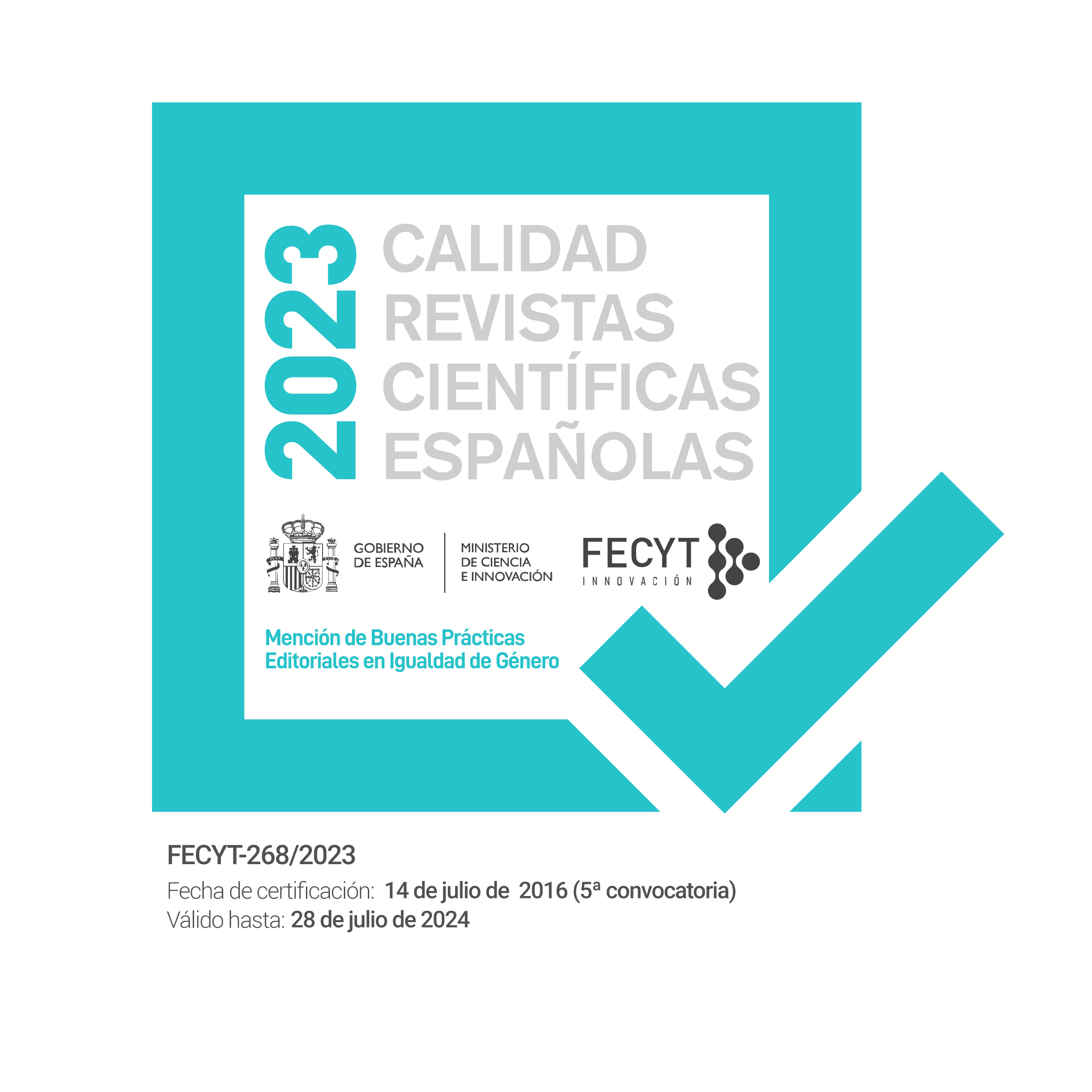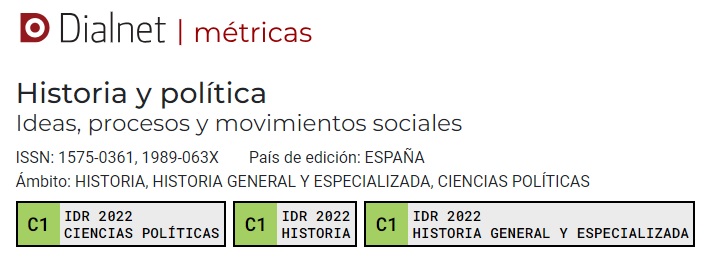Energetic connections. Francoist dam engineers as state agents constituted in international settings during the 1950s and 1960s
DOI:
https://doi.org/10.18042/hp.43.04Keywords:
Engineers, dams, Cold War, Francoist Spain, international relations.Abstract
Engineers were important technical experts in Francoist Spain. Furthermore, they were political and social key figures and promotors of the ideology of progress for the government. Through the construction of large-scale projects, they contributed to Francoist economic success and were responsible for its major social consequences including the suffering of many. Dam constructing engineers where a prestigious elite in the discipline. Beginning form the 1950s, they sought to make Spain a respected partner on an international level again. To archive this aim they re-established contacts from the 1920s and 1930 (those form the colonial past included) and created new ones. Especially contacts to the USA but also to the USSR became central. On an international level engineers were connected through ideas, knowledge, personal contacts and the material they worked with. Dams become political objects in this context. This object enabled engineers to interact on technical-political missions through the iron curtain. Key for international contact and cooperation was engineer’s habitus. Shared values, ways of behaviour and interests created a medium of communication beside political obstacles which included a strong distinction and exclusion in terms of class and gender (race played at least in Spain a minor role). Habitus helped dam building engineers to create importance as a group in various political contexts. In Spain it helped to strengthen the technical, social, political and economic role of dam engineers. Those engineers played a significant part to consolidate the Francoist regime within the country and on an international level.Downloads
Additional Files
Published
Issue
Section
License
Copyright (c) 2020 Benjamin Christopher Brendel

This work is licensed under a Creative Commons Attribution-NonCommercial-NoDerivatives 4.0 International License.
Authors whose contributions are accepted for publication in this journal, accept the following terms:
a. The authors retain their copyright and guarantee to the magazine the right of first publication of their work, which will be simultaneously subject to the Creative Commons Attribution License Attribution-Noncommercial-No derivative works 4.0 Spain, which allows third parties to share the work as long as its author and its first publication is indicated.
b. Authors may adopt other non-exclusive license agreements to distribute the version of the published work (e.g. deposit in an institutional repository or archive, or published in a monographic volume) provided the initial publication in this journal is indicated.
PLAGIARISM AND SCIENTIFIC FRAUD
The publication of work that infringes on intellectual property rights is the sole responsibility of the authors, including any conflicts that may occur regarding infringement of copyright. This includes, most importantly, conflicts related to the commission of plagiarism and/or scientific fraud.
Plagiarism is understood to include:
1. Presenting the work of others as your own.
2. Adopting words or ideas from other authors without due recognition.
3. Not using quotation marks or another distinctive format to distinguish literal quotations.
4. Giving incorrect information about the true source of a citation.
5. The paraphrasing of a source without mentioning the source.
6. Excessive paraphrasing, even if the source is mentioned.
Practices constituting scientific fraud are as follows:
1. Fabrication, falsification or omission of data and plagiarism.
2. Duplicate publication.
3. Conflicts of authorship.





